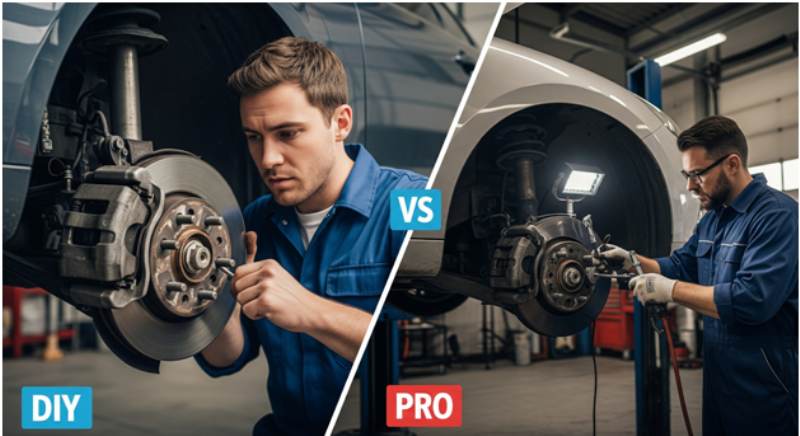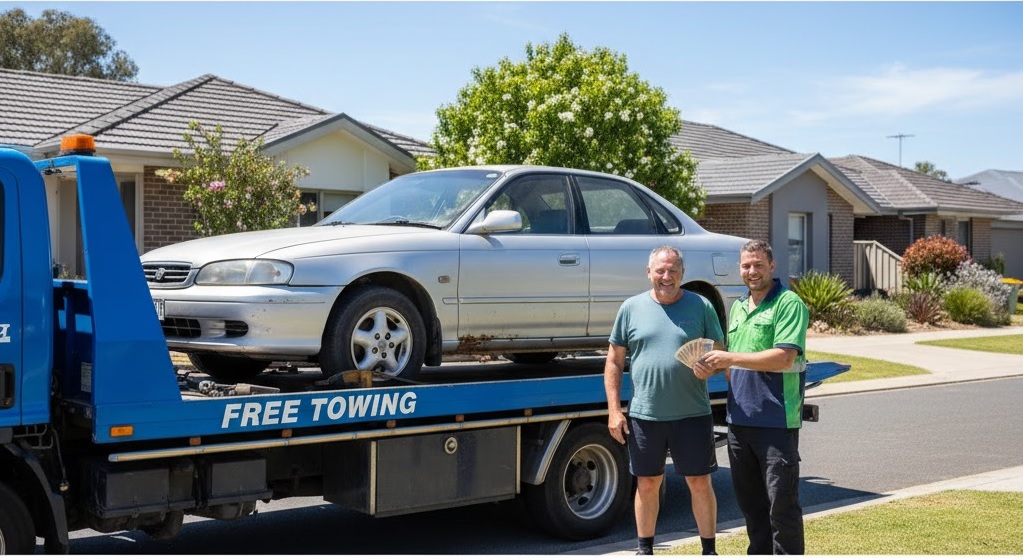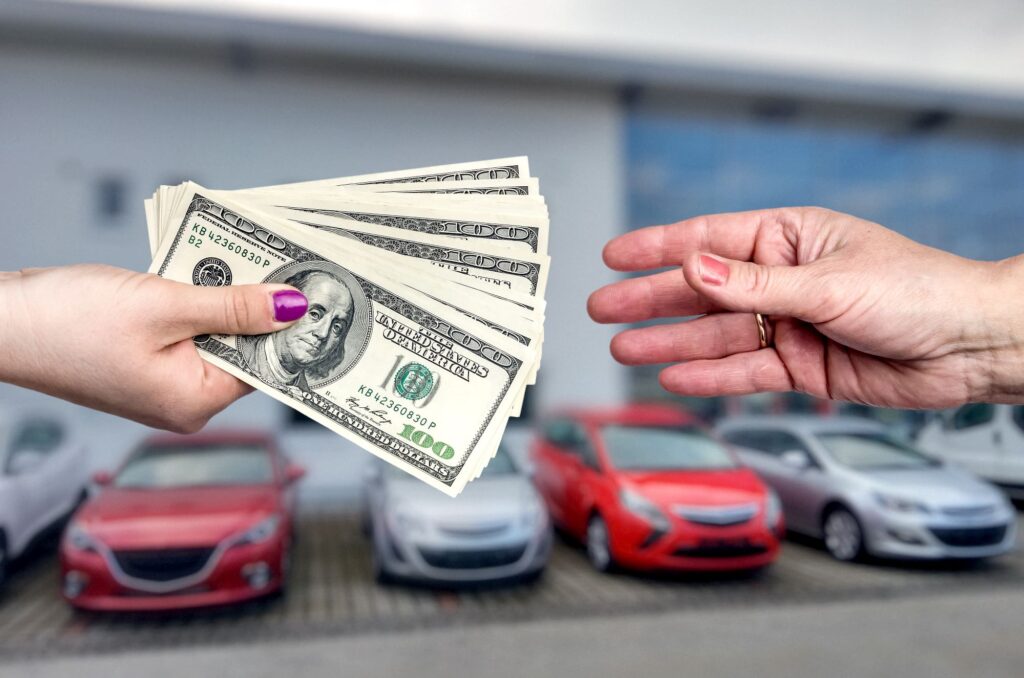
“How much is this going to cost?” It’s often the first question that comes to mind when you hear the dreaded squeal of worn-out brakes. The answer, however, is rarely a single number. The cost of a brake pad replacement can range from a couple of hundred dollars to well over a thousand, depending on a wide array of factors.
Understanding what goes into that final price is key to getting a fair deal and making a choice that aligns with both your safety needs and your wallet. Whether you’re driving an older commuter car or a high-performance vehicle, there’s a brake solution for you. Let’s break down the costs piece by piece to demystify your next repair bill.
The Two Pillars of Your Brake Bill: Parts and Labor
Every brake job invoice is built on two core components:
- Parts: This is the cost of the physical components being replaced. While “brake pads” get all the attention, a proper brake job often includes more. The primary parts are the brake pads and the brake rotors (the metal discs the pads clamp onto). It can also include new hardware clips, shims, brake wear sensors, and the brake fluid needed for a bleed or flush.
- Labor: This is what you pay the mechanic for their time, expertise, and use of specialized equipment. Labor rates can vary dramatically, from $80 per hour at a small independent shop to over $200 per hour at a dealership in a major city. A typical brake replacement on a single axle (either the front or rear wheels) usually takes between 1.5 and 2.5 hours.
Choosing Your Parts: A Tier for Every Budget
The single biggest variable in your parts cost is the quality and type of pads and rotors you choose. Here’s a breakdown of the typical tiers.
The Budget-Friendly Option
- What you get: This tier typically includes organic or basic semi-metallic brake pads and standard, non-coated rotors. In some cases, a shop might offer to “resurface” or “turn” your existing rotors if they are thick enough, which can save money on parts.
- Price Range (Pads per Axle): $30 – $60
- Who it’s for: This is a viable option for drivers on a very tight budget, or for older, secondary vehicles that aren’t driven frequently.
- The Catch: These parts have the shortest lifespan, often produce more brake dust, and can be noisier. While cheaper upfront, you may end up paying more in the long run due to more frequent replacements.
The Standard/OEM-Quality Option
- What you get: This is the sweet spot for most drivers. It includes high-quality ceramic or premium semi-metallic brake pads and new, coated rotors. The coating (often a zinc or polymer layer) helps prevent rust from forming on the non-contact areas of the rotor, which extends its life and keeps your wheels looking cleaner.
- Price Range (Pads per Axle): $60 – $100
- Who it’s for: This is the recommended choice for the vast majority of daily driven cars, trucks, and SUVs. It provides the best balance of performance, low noise, durability, and value.
- The Benefit: These parts are engineered to meet or exceed the performance of the components your car came with from the factory.
The Premium/Performance Option
- What you get: This tier is for those who demand maximum performance. It features advanced brake pads made from high-performance ceramic or carbon-fiber materials, paired with rotors that are slotted, cross-drilled, or made from a high-carbon cast iron. These features are designed to dissipate heat rapidly during aggressive driving or towing.
- Price Range (Pads per Axle): $100 – $200+
- Who it’s for: This is ideal for luxury and sports cars, heavy-duty trucks that tow trailers, or any enthusiast who prioritizes stopping power above all else.
- The Investment: While the most expensive, these parts offer superior fade resistance and consistent performance under extreme conditions.
The “What Ifs”: Potential Added Costs
A good mechanic inspects the entire brake system, and they may find other issues that need addressing. Be prepared for potential add-ons such as:
- Caliper Replacement: If a caliper piston is seized or leaking, the caliper must be replaced, which can add $200 – $400 or more per corner.
- Brake Hose Replacement: Cracked or bulging rubber hoses are a safety hazard and typically add $100 – $150 to the bill.
- Brake Fluid Flush: If your fluid is old and contaminated, a full flush is recommended and usually costs around $100 – $150.
By understanding these variables, you can have an intelligent conversation with your mechanic and make a confident choice. For a general overview of average market prices, you can review this helpful guide on how much brake pads cost to replace. Remember, investing in quality mid-range parts is often the most cost-effective decision for a safe and reliable vehicle.


